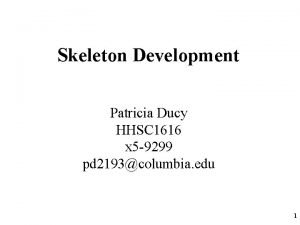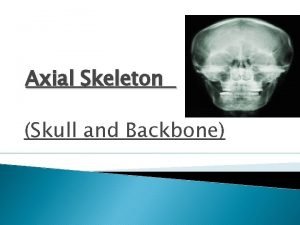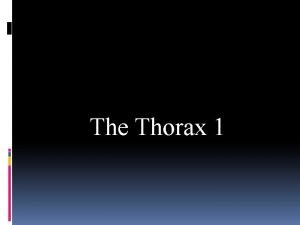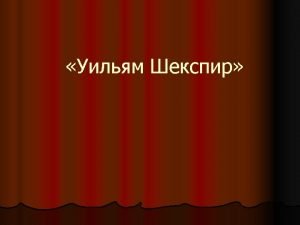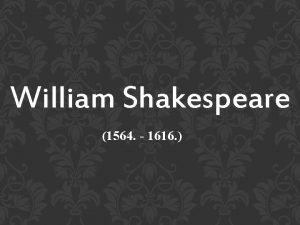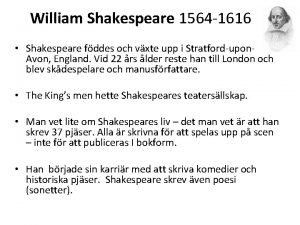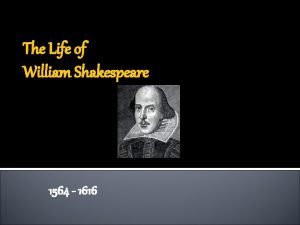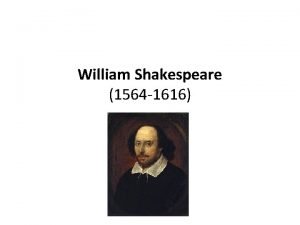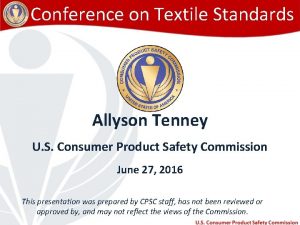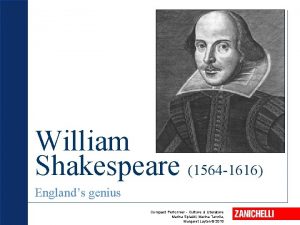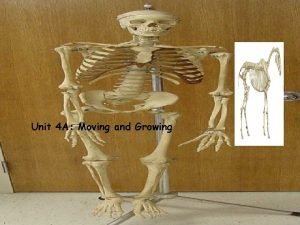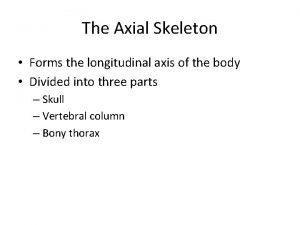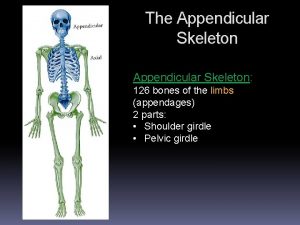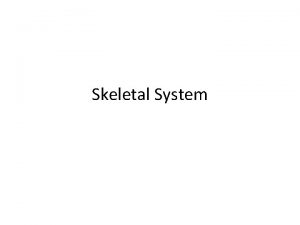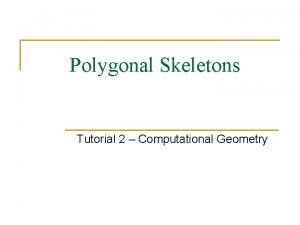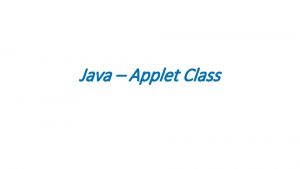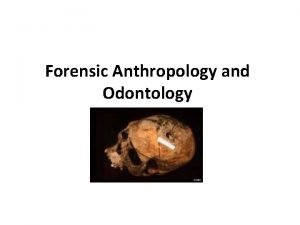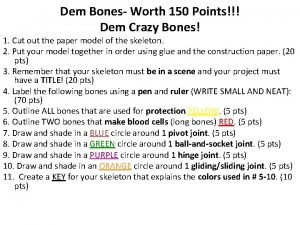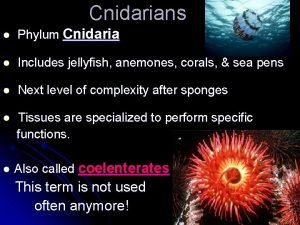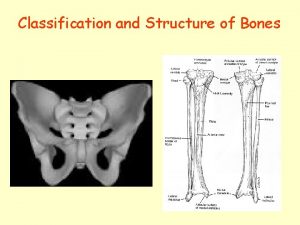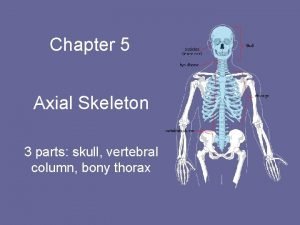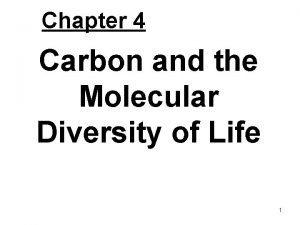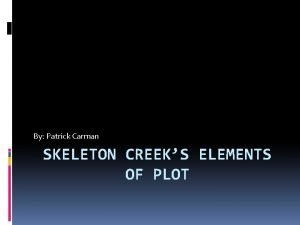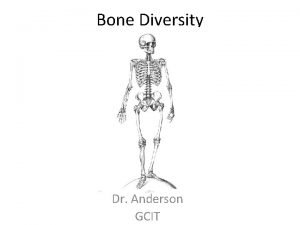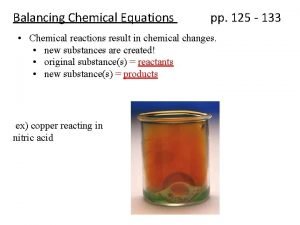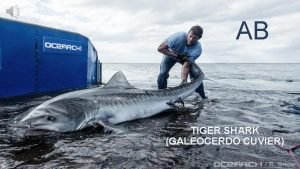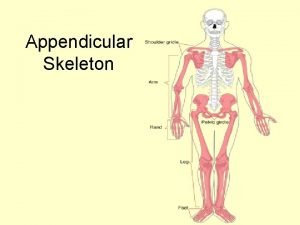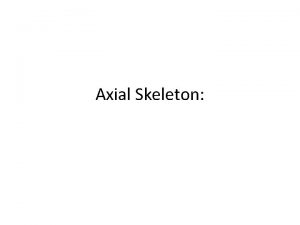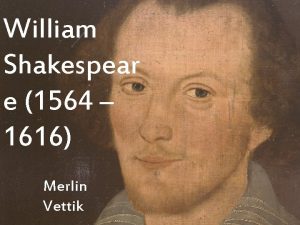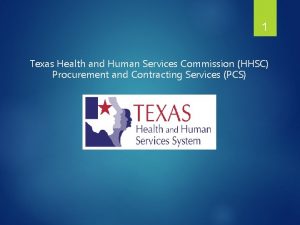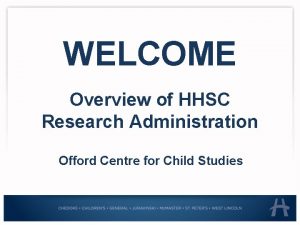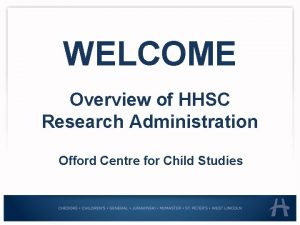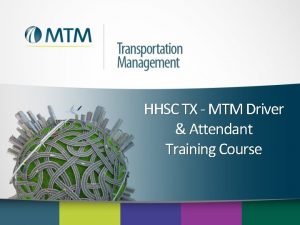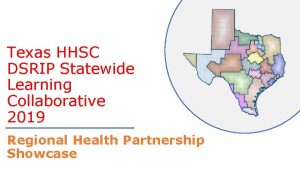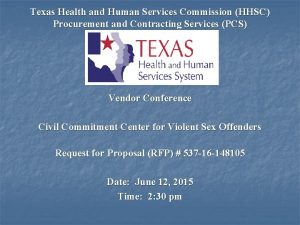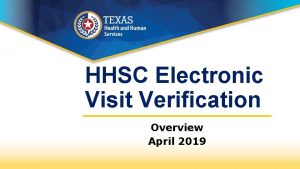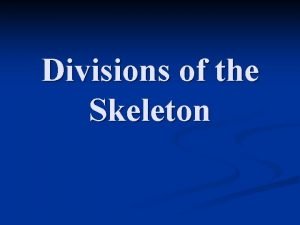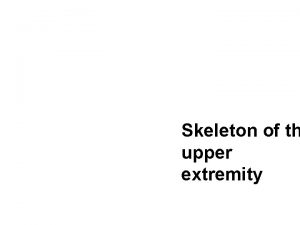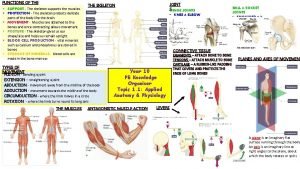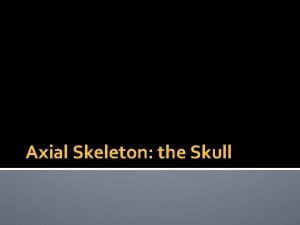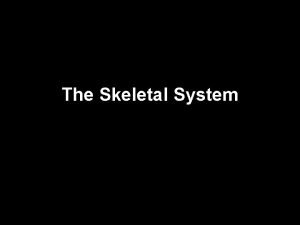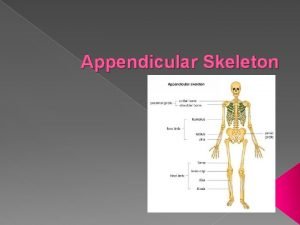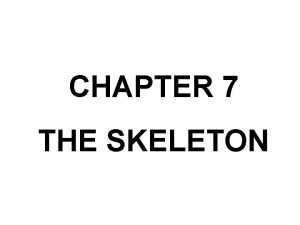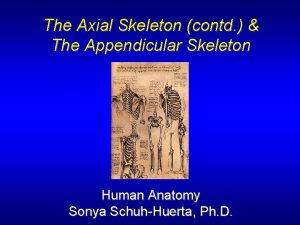Skeleton Development Patricia Ducy HHSC 1616 x 5













































- Slides: 45

Skeleton Development Patricia Ducy HHSC 1616 x 5 -9299 pd 2193@columbia. edu 1

Skeleton • ≥ 200 elements • Two tissues: cartilage, bone • Three cell types: chondrocytes, osteoblasts, osteoclasts Growth Formation Resorption • Three “environments”: marrow, blood, SNS 2

Embryonic origin of the skeleton Cranial neural crest cells Somitic mesoderm Lateral plate mesoderm Craniofacial skeleton Axial skeleton Appendicular Skeleton Chondrocytes & Osteoblasts Monocyte lineage Osteoclasts 3

Development Skeleton Biology Patterning Location and shape of skeletal elements Skeletogenesis Differentiated cells Bone structure Growth/Modeling Life Birth Homeostasis Remodeling Balance between Formation/Resorption Fracture repair 4

Life Development Skeleton Pathologies Patterning Dysostoses Skeletogenesis Dysplasia Homeostasis Mineralization defects Degenerative diseases 5

Genetic defects associated with skeleton development (RUNX 2) 6

Skeleton patterning • Condensation of mesenchymal cells to form the scaffold of each future skeletal element – Migration – Adhesion – Proliferation • Early steps use signaling molecules and pathways generally involved in patterning other tissues (FGFs, Wnts, BMPs) • Orchestrated by specific set of genes acting as territories organizers • When not embryonic lethal disorders often localized 7

Hox transcription factors • First described in Drosophila where they control body plan organization • Arranged in 4 genomic clusters in mammals • Expression patterns follow the cluster arrangement 8

Homeotic transformations in absence of Hox transcription factors Wellik, Dev. Dynamics 236 (2007) 9

Hox transcription factors control vertebrate limb patterning Genomic organization Site of expression 10

Mutations in HOXD 13 cause synpolydactyly* in humans *OMIM 18600, 186300 Patient with increased number of Ala repeat in HOXD 13 Muragaki et al. , Science 272 (1996) 11

Skeletogenesis • Cell differentiation – Chondrocytes, osteoblasts, osteoclasts • Bone morphogenesis – Formation of growth plate cartilage, bone shaft and marrow cavity – Vascular invasion and innervation • Defects generalized 12

Two skeletogenetic mechanisms • Endochondral ossification – Differentiation of a cartilaginous scaffold (chondrocytes) later replaced by bone (osteoblasts) – Most of the skeletal elements • Intramembranous ossification – Direct differentiation of the condensed mesenchymal cells into osteoblasts – Many bones of the skull, clavicles 13

Hypertrophy 14

Sox 9 • Transcription factor of the HMG family • Regulates the expression of chondrocyte-specific genes • Sox 9 haploinsufficiency causes Campomelic dysplasia (OMIM 114290) • Earliest known regulator of chondrocyte differentiation 15

Sox 9 -deficient cells cannot differentiate into chondrocytes Bi et al. , Nat. Genet 22 (1999) 16

Sox 9 Sox 5, 6 Hypertrophy 17

Accelerated chondrocyte hypertrophy in PTHr. P-deficient mice +/+ PTHr. P -/- Karp et al. , Development 127 (2000) 18

PTHr. P • Ubiquitously expressed growth factor • Shares the same receptor with PTH • Mice “knockout” only phenotype is a generalized growth plate cartilage defect • PTHr. P protein signals to its receptor in the prehypertrophic chondrocytes and blocks their hypertrophic differentiation 19

Dwarfism in Ihh-deficient mice +/+ Ihh -/- St-Jacques et al. , Genes Dev. 13 (1999) 20

Indian hedgehog (Ihh) • One of 3 members of the Hedgehog family of growth factors • Widely expressed during development • Expression positively regulated transcription factor Runx 2 by the 21

Reduced chondrocyte proliferation and delayed chondrocyte hypertrophy in Ihh-deficient mice +/+ Ihh -/- St-Jacques et al. , Genes Dev. 13 (1999) 22

Chondrocyte maturation is regulated by a PTHr. P/Ihh feedback loop Perichondrium PTHr. P No Ihh Resting Proliferating Pre-hypertrophic PTHr. P receptor Ihh Hypertrophic 23

Mutations in the PTH/PTHr. P receptor cause Jansen and Bloomstrand chondrodysplasia Activating mutations Loss-of-function mutations Jansen metaphyseal chondrodysplasia OMIM 156400 Blomstrand's lethal chondrodysplasia OMIM 215045 Schipani & Provost. Brith Defects Res. 69 (2003) 24

Sox 9 Sox 5, 6 Ihh/PTHr. P Runx 2 Hypertrophy VEGF 25

Endochondral ossification 26

Arrest of osteoblast differentiation in Runx 2 -deficient mice +/+ Runx 2 -/- Otto et al. , Cell 89 (1997) 27

Runx 2 • One of three members of the runt family of transcription factors • Identified as a regulator of the Osteocalcin promoter • Necessary and differentiation sufficient for osteoblast 28

Cleidocranial dysplasia (CCD, OMIM 119600) is caused by Runx 2 haploinsufficiency +/+ +/Mundlos et al. , Cell 89 (1997) Lee et al. , Nat Genetics 16 (1997) 29

Intramembranous ossification Suture formation Growth Closure 30

Disorders of suture fusion Delay Msx 2, Runx 2 haploinsufficiency Acceleration = craniosynostosis FGFR 1, 2, 3 activating mutations Msx 2 activating mutations Twist haploinsufficiency 31

Osteoblast differentiation Twist (Saethre-Chotzen Syndrome OMIM 101400) Runx 2 Osteoprogenitor Osx, ATF 4 Pre-osteoblast Osteoblast 32

Delayed osteogenesis in absence of Atf 4 WT Atf 4 -/- E 14 Yang et al. , Cell 117 (2004) 33

Delayed osteogenesis in Atf 4 -deficient mice E 15 E 16 P 0 WT Atf 4 -/- Yang et al. , Cell 117 (2004) 34

ATF 4 • Divergent member of the ATF/CREB family of leucine-zipper transcription factors • Required for amino-acid import • Identified as a regulator of the Osteocalcin promoter • Activated by the Rsk 2 kinase 35

ATF 4 • Lack of ATF 4 phosphorylation by inactivating mutations in Rsk 2 causes the skeletal defects associated with Coffin-Lowry syndrome (OMIM 303600) • Increased ATF 4 phosphorylation by Rsk 2 causes the skeletal defects associated with Neurofibromatosis Type I (OMIM 162200) 36

ATF 4 • Divergent member of the ATF/CREB family of leucine-zipper transcription factors • Required for amino-acid import • Identified as a regulator of the Osteocalcin promoter • Activated by the Rsk 2 kinase 37

A high protein diet normalizes bone formation in Atf 4 -/- and Rsk 2 -/- mice High protein diet BV/TV BFR Ob. S/BS Elefteriou et al. , Cell Metab. 4 (2006) 38

A low protein diet normalizes bone formation in a mouse model of Neurofibromatosis type I Normal diet wt Nf 1 ob-/- Low protein diet wt Nf 1 ob-/- BFR 15. 3± 1 153. 3± 11 19. 6± 0. 4* 313. 9± 7. 0* 14. 8± 0. 7 157. 0± 11 15. 3± 0. 6 186. 2± 22 Ob. S/BS 19. 1± 0. 8 31. 8± 1. 6* 19. 0± 0. 5 19. 7± 1. 0 BV/TV Elefteriou et al. , Cell Metab. 4 (2006) 39

Structure of a growing long bone articular cartilage (chondrocytes) secondary ossification centre (osteoblasts/osteoclasts) reserve cartilage proliferating cells hypertrophic cells calcified cartilage Growth plate Cartilage (chondrocytes) trabecular bone (osteoblasts/osteoclasts) cortical bone (osteoblasts) 40

Control of osteoclast differentiation and function 41

Osteopenia in OPG-deficient mice Bucay et al. , Genes Dev. 12 (1998) 42

Osteopetrosis in RANK-L deficient mice Lacey et al. , Cell 93 (1998) 43

Osteoblast progenitor OPG RANK-L Inactive complex Active complex RANK TRAF 6 TRAF 2/5 Osteoclast progenitor c-src Osteoclast Maturation NFk. B JNK AP 1 activation 44

Research directions Life Development Knowledge Diseases Patterning Skeletogenesis Homeostasis 45
 Patricia ducy
Patricia ducy Axial skeleton vs. appendicular skeleton
Axial skeleton vs. appendicular skeleton Axial skeleton vs appendicular
Axial skeleton vs appendicular Axial skeleton vs appendicular skeleton
Axial skeleton vs appendicular skeleton 23 april 1616
23 april 1616 William shakespare wife
William shakespare wife William shakespeare 1564 to 1616
William shakespeare 1564 to 1616 William shakespeare 1564 to 1616
William shakespeare 1564 to 1616 April 23 1564
April 23 1564 When william shakespeare was born
When william shakespeare was born Shakespeare
Shakespeare William shakespeare 1564 to 1616
William shakespeare 1564 to 1616 Shakespeare 1564
Shakespeare 1564 16 cfr 1616
16 cfr 1616 Hamlet dramski trikotnik
Hamlet dramski trikotnik Shakespeare biography timeline
Shakespeare biography timeline 1564 to 1616 england timeline
1564 to 1616 england timeline Timeline of british literature
Timeline of british literature Miguel de cervantes timeline
Miguel de cervantes timeline Skeleton systm
Skeleton systm Different types of recounts
Different types of recounts Devil stabbing heart flag
Devil stabbing heart flag Chapter 5 the skeletal system figure 5-13
Chapter 5 the skeletal system figure 5-13 126 appendicular bones
126 appendicular bones Name
Name 3 functions of skeleton
3 functions of skeleton Poisonous and infectious material symbol
Poisonous and infectious material symbol Computational geometry tutorial
Computational geometry tutorial Java applet class
Java applet class Peripheral skeleton
Peripheral skeleton Difference between male and female skeleton
Difference between male and female skeleton I'd rather take baths with a man-eating shark
I'd rather take baths with a man-eating shark Your face is killing me figurative language
Your face is killing me figurative language Biting the hand that feeds you figurative language
Biting the hand that feeds you figurative language She was dressed to the nines figurative language
She was dressed to the nines figurative language Your face is killing me figurative language
Your face is killing me figurative language The skeletal system dem crazy bones
The skeletal system dem crazy bones Two body forms of cnidarians
Two body forms of cnidarians Baby skeleton vs adult
Baby skeleton vs adult Skeleton equations chemistry
Skeleton equations chemistry Axial skeleton
Axial skeleton Carbon skeleton
Carbon skeleton Gladys morgan skeleton creek
Gladys morgan skeleton creek Peripheral skeleton
Peripheral skeleton Tips for balancing chemical equations
Tips for balancing chemical equations How fast is a tiger shark
How fast is a tiger shark
